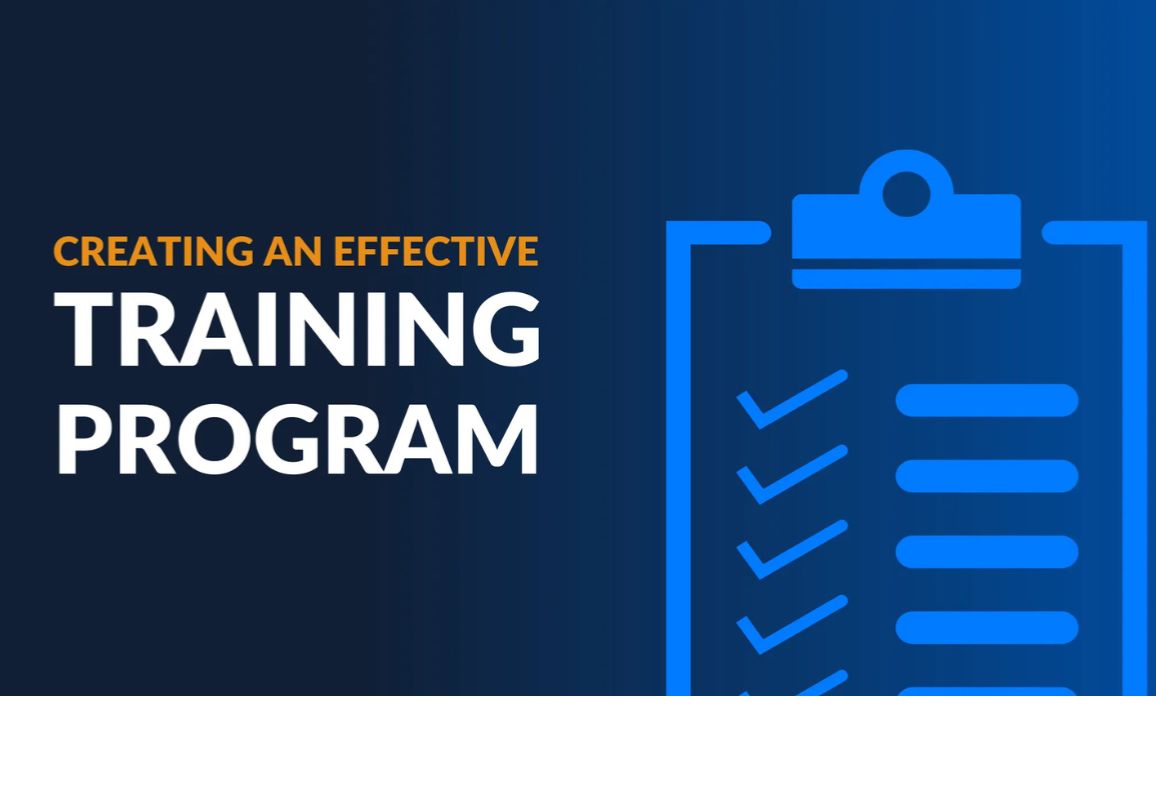Corporate training involves the process of educating employees in the skills and knowledge needed to perform their job effectively.
The importance of corporate training in organizations
In the present day and age, when businesses change faster than any other element, corporate training becomes an inevitable instrument of competitive organizations in developing human performance, in addition to an overall culture of continuous improvement. In light of this, due to changing dynamics of markets and rising demands on soft skills, corporate training has moved from the list of luxury to the essentials. The article deals with the importance of corporate training, benefits of it, how to achieve these, and how corporate training affects the future of work.
Understanding Corporate Training
Corporate training involves the process of educating employees in the skills and knowledge needed to perform their job effectively. The process includes many learning activities intended to improve technical expertise, leadership capabilities, and personal development. Corporate training is, however, designed to be focused on the organizational goals and objectives unlike traditional forms of training.
Benefits of Corporate Training
Improved Productivity
Training equips employees with the latest tools and techniques, enabling them to work more efficiently. Once employees are fully conversant in their roles, they contribute toward higher organizational productivity and better results.
Better Retention of Employees
Employees stay longer with the organizations that spend on their growth. Corporate training reflects an intention toward employee development, which goes hand in hand with higher job satisfaction and turnover reduction.
Ease of Change Adaptation
Adapting to fast technological changes and market shifts requires quick adaptation on the part of employees. Constant training keeps the team in line with industry trends, thus allowing the introduction of new processes or tools with ease.
Improved Morale and Engagement
Training can also reignite passion in an employee for his role. Training programs on personal and professional growth improve engagement and create a motivated workforce.
Improved Leadership Pipeline
Leadership training prepares future managers and executives, ensuring a robust pipeline of capable leaders ready to take on challenges as the organization grows.
Key Areas of Focus in Corporate Training
Corporate training programs can be broadly categorized into the following areas:
Technical Skills Training
This includes training employees in specific tools, software, or methodologies pertinent to their job roles. Examples include data analysis, programming languages, and customer relationship management systems.
Soft Skills Development
Interpersonal skills such as communication, teamwork, and problem-solving are crucial for collaborative work environments. Training in these areas fosters better relationships and improved workplace dynamics.
Leadership and Management Training
Effective leaders drive organizational success. Leadership training focuses on strategic thinking, decision-making, and conflict resolution to prepare employees for managerial roles.
Compliance Training
This ensures that employees understand legal and ethical responsibilities, including workplace safety, anti-harassment policies, and industry regulations.
Diversity and Inclusion Training
As companies are becoming more global, diversity and inclusion training allows an organization to create an inclusive environment that rewards and respects diverse perspectives.
Popular Methods of Corporate Training
Instructor-Led Training
Standard classroom-based instruction by experienced instructors still works well for hands-on activities and interactivity.
E-Learning
Online modules allow learning to take place anywhere and at any time. Most have videos, quizzes, and even simulations.
Blended Learning
Combining instructor-led training and e-learning, this method provides the best of both worlds. Personal interaction is blended with digital resources to benefit the employees.
On-the-Job Training
This is a rather practical type where learning is on the job through work assignments and mentoring.
Workshops and Seminars
Short-term, intensive types of programs that focus on specific skills or topics, generally led by industry experts
Gamification
The training program blending game elements helps in keeping learners interested and creates healthy competition among them.
Measuring Effectiveness of Corporate Training
Effectiveness of the training program depends on its delivery of measurable results. Organizations may use the following methods to assess effectiveness:
Pre- and Post-Training Assessments
By comparing the employee's performance and knowledge before and after training, the organization would be able to identify the improvements needed.
Employee Feedback
Getting insights from the participants would allow the organization to refine the training programs and identify gaps.
Key Performance Indicators
The productivity, sales, and customer satisfaction metrics tracked are quantitative evidence of the impact of training.
Observation and Evaluation
Managers and peers can monitor changes in behavior and performance as a means of assessing the practical application of skills learned.
The Future of Corporate Training
As the workplace evolves, corporate training will continue to adapt to meet new challenges. Here are some emerging trends:
Personalized Learning Paths
Leveraging artificial intelligence and data analytics, organizations can offer customized training experiences tailored to individual needs and preferences.
Virtual Reality and Augmented Reality
Immersive technologies offer real-life simulations for hands-on learning, especially in healthcare, manufacturing, and emergency response.
Microlearning
Microlearning modules break down topics into smaller chunks to help employees quickly understand concepts and retain information better.
Social Learning
Peer-to-peer learning through forums, discussion boards, and collaborative tools will encourage knowledge sharing.
Mental Health and Well-being
Training programs addressing stress management, resilience, and work-life balance are gaining prominence as organizations recognize the importance of employee well-being.
Conclusion
Corporate training is one of the core aspects of organizational success. Investment in the continuous development of a company's workforce will not only improve performance but also create an innovative and adaptive culture. Change is constant in the modern world, and training gives employees the tools and confidence to navigate the complexity of the new landscape and spur growth. Looking into the future, a strategic approach to corporate training will remain central to achieving sustainable success.







